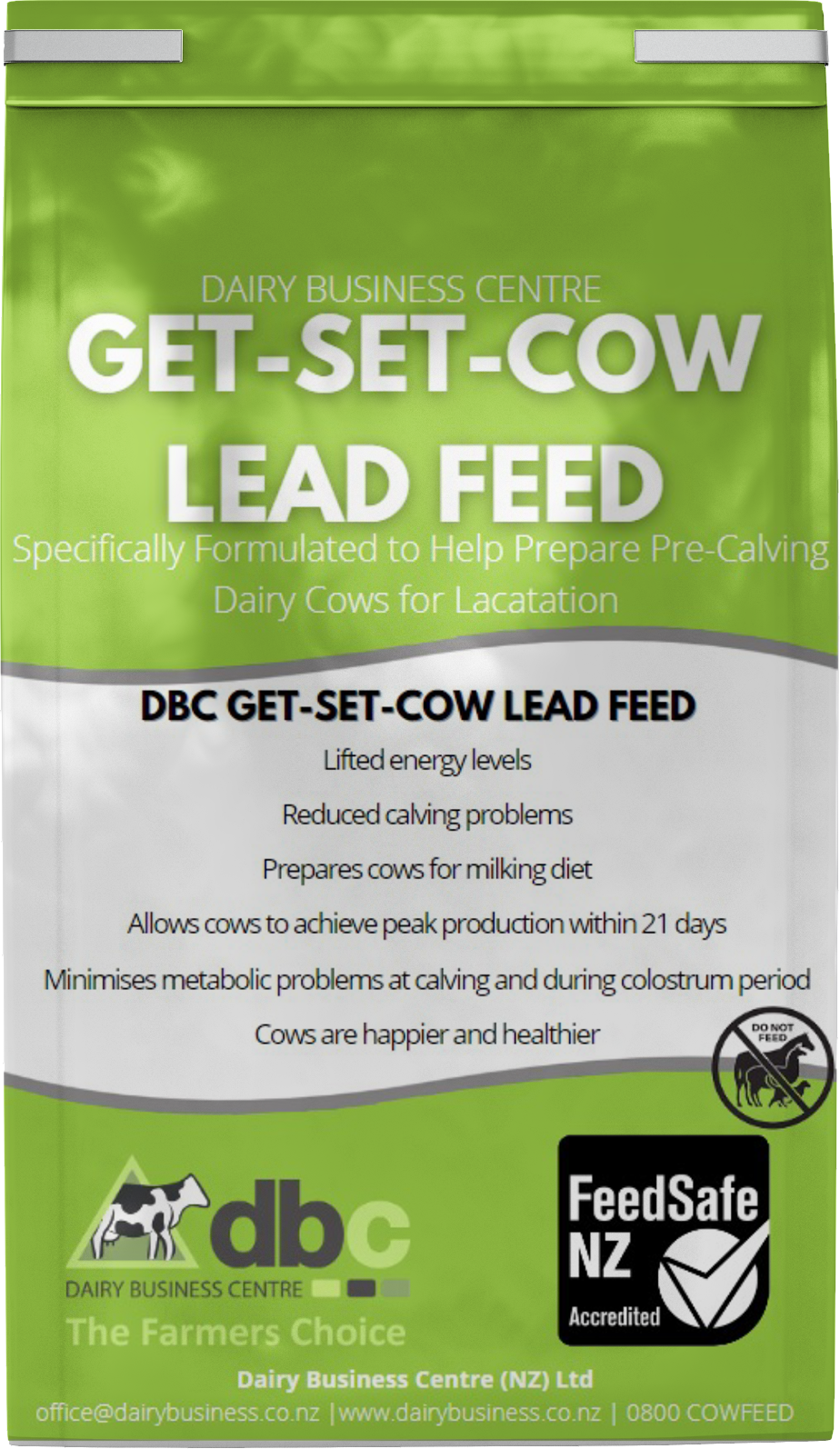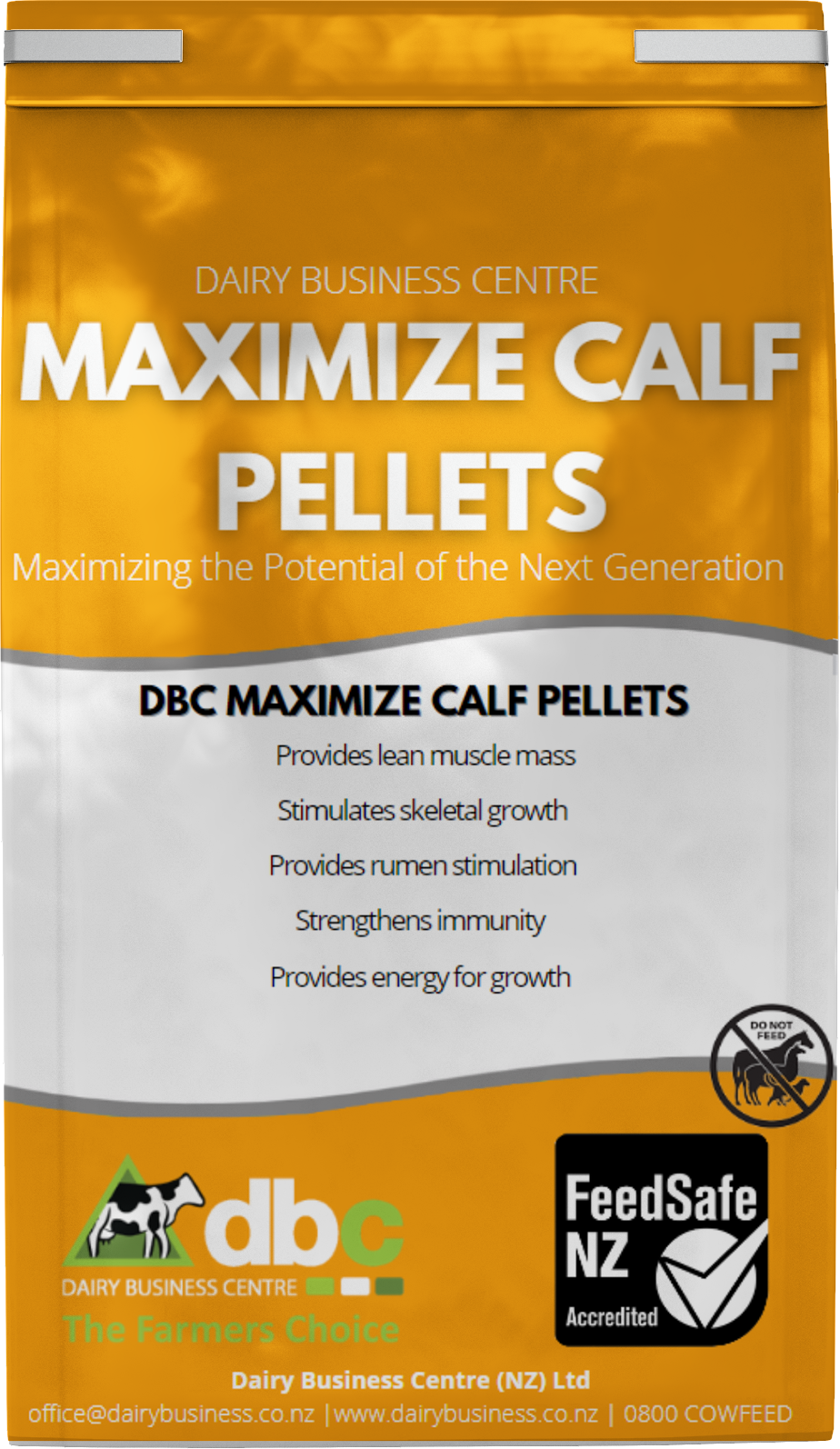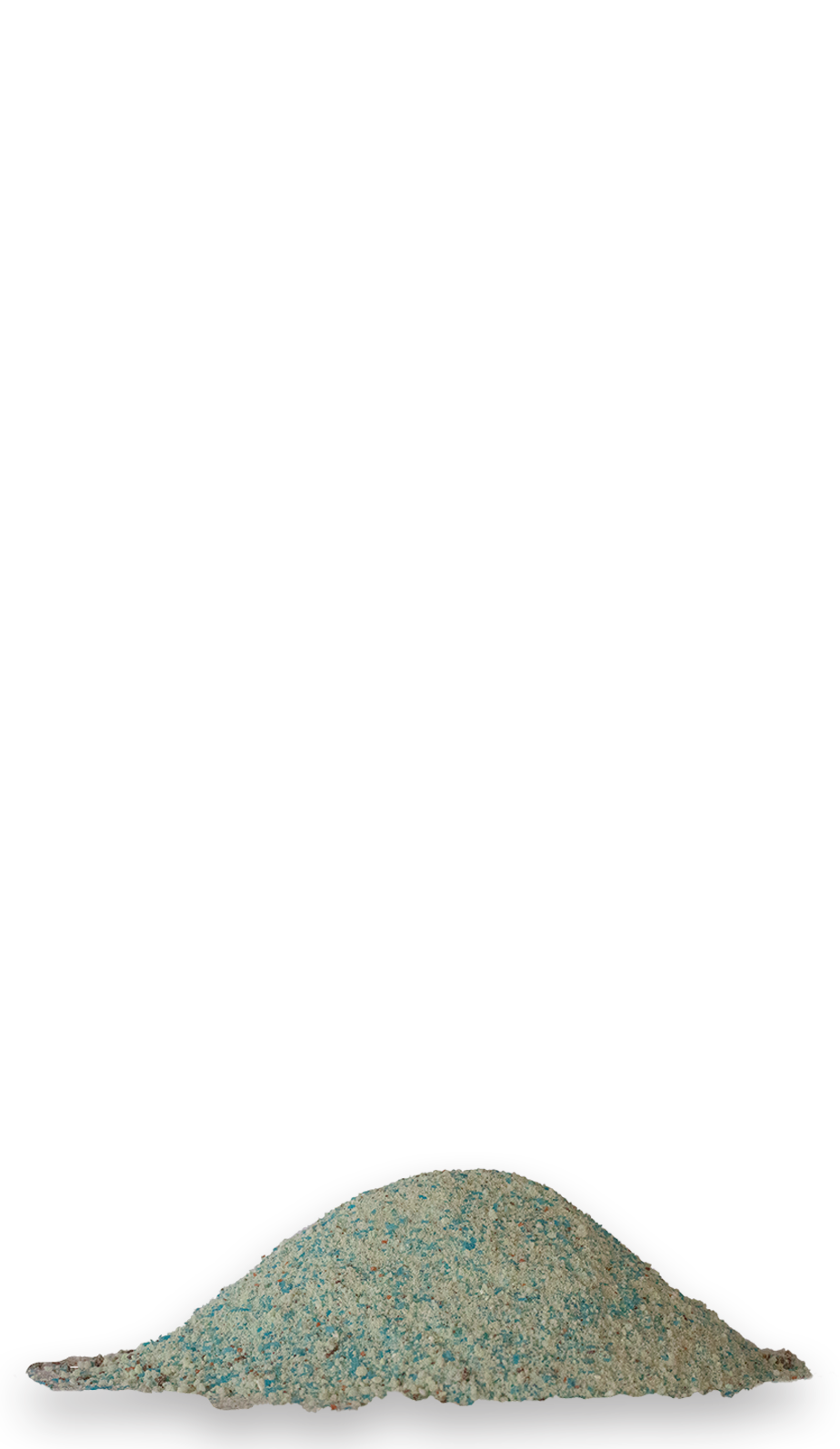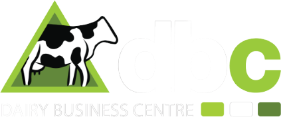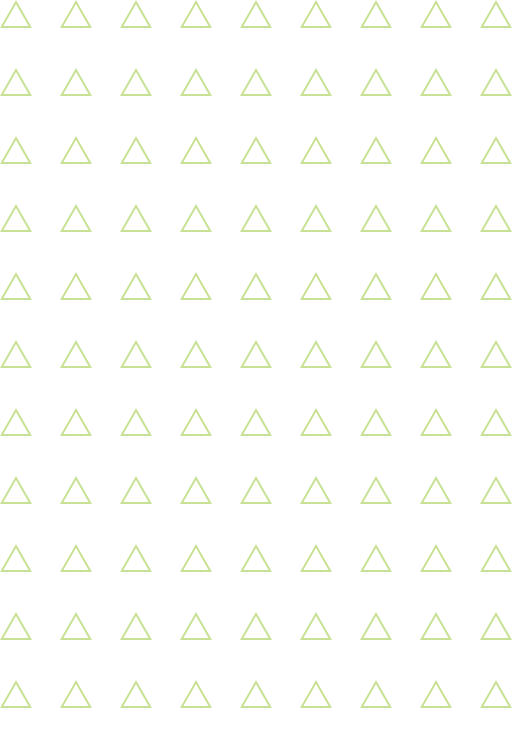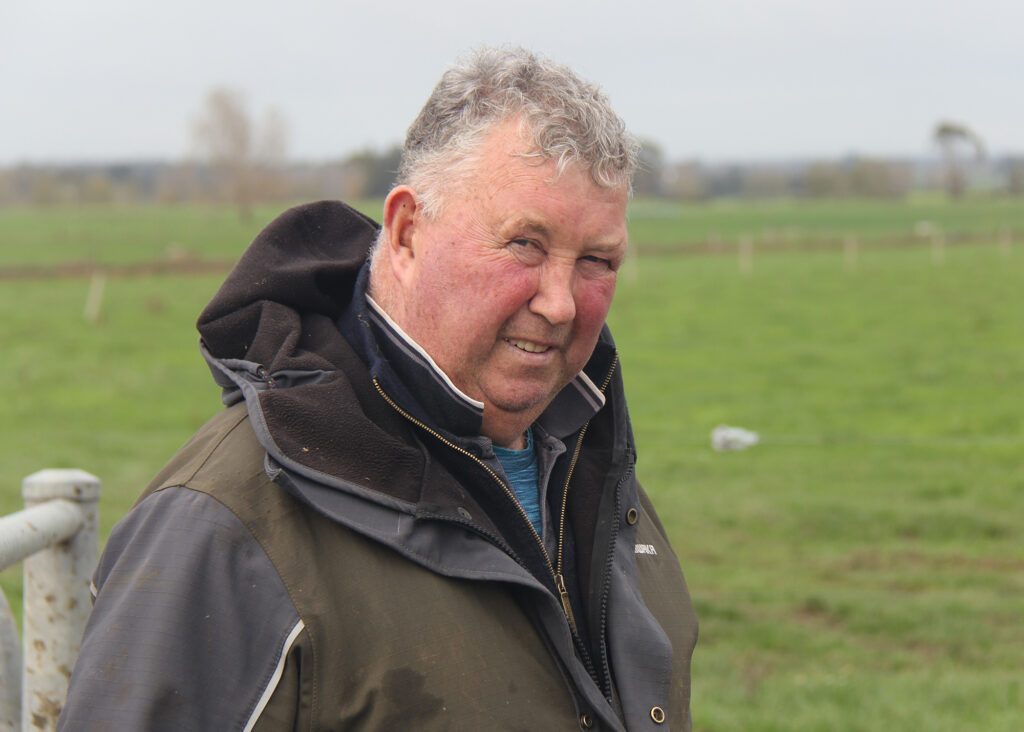Bill O’Sullivan doesn’t like to be interviewed.
The straight-shooting Irishman prefers to stay in his own lane, so he needs a very good reason to stand up and discuss his decisions to anyone else.
He does, however, like to help “young people”, and that’s his motivation for sitting down to explain his decision – and the results he has carefully catalogued – since introducing a lead feed, Get-Set-Cow, from the Dairy Business Centre (DBC) in 2018.
“Dairy farming is a constant challenge, and no two days are the same. I would have preferred not to do this interview, but helping young farmers isn’t a chore. It’s a choice,” Bill says.
“There is honestly no reason to have downer cows if you use this lead feed. We just do our job here. We certainly communicate, but not a great deal. I’ve not said a lot about DBC, but to get the maximum out of cows, we need the best advice we can get. Ducks and feed representatives have a lot in common – they are an endangered species. If their products don’t work, they’re down the road.
“In the end, we’re only as good as our name. And so are they.”
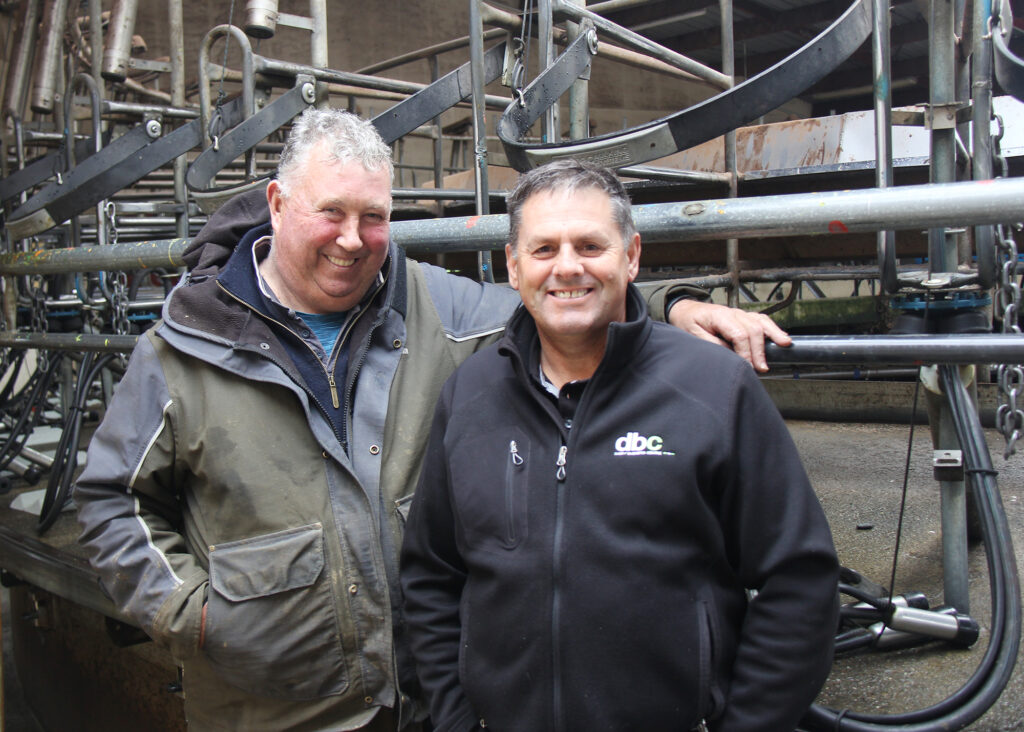
Downer cows reduced nearly 9%
Get-Set-Cow is a specifically formulated supplement fed at 3kg/cow/day in the 10-14 days pre-calving. It includes a blend of pelletised, anionic salts, calcium, magnesium, grain and protein. It’s designed for maximum palatability, and includes a full daily requirement of trace minerals, along with Rumensin. It is designed to give cows the best chance to calve uneventfully and to achieve peak production at a time when they are at their most vulnerable.
Milk fever often foreshadows other post-calving issues – including ketosis – which all negatively impact on production and fertility.
Along with their family, Bill and his wife, Keri Kahotea, milk 800 cows in a 50-bail rotary on 271ha. They produce 370,000kg of milk solids a year and employ four staff. Bill describes their property at Wreys Bush as a “golden mile” of ideal dairying country.
They moved to Southland from Te Kiri, south-west of Mt Taranaki, in 1999. Their operation grew and their business flourished, but Bill’s restless spirit and the need to do things better drew him to their “downer cow” numbers.
Bill says they routinely treated up to 80 downer cows in their 100% spring-calving herd. He pointed to the boxes of calcium in the dairy as he remembers the early morning dramas on 10% of his herd.
“There’s 20 bottles in each of those blue and brown boxes, and when it was really bad, we were using 12 boxes of both,” he says.
“My biggest problem was that we were getting those cows up, but it was so frustrating that they went down in the first place, and it was tough on our staff who were coming to the shed in the morning after being up so early. They were then having to go and treat two or three cows that were down.
“In the end, we could put the bottle in the vein blindfolded.”
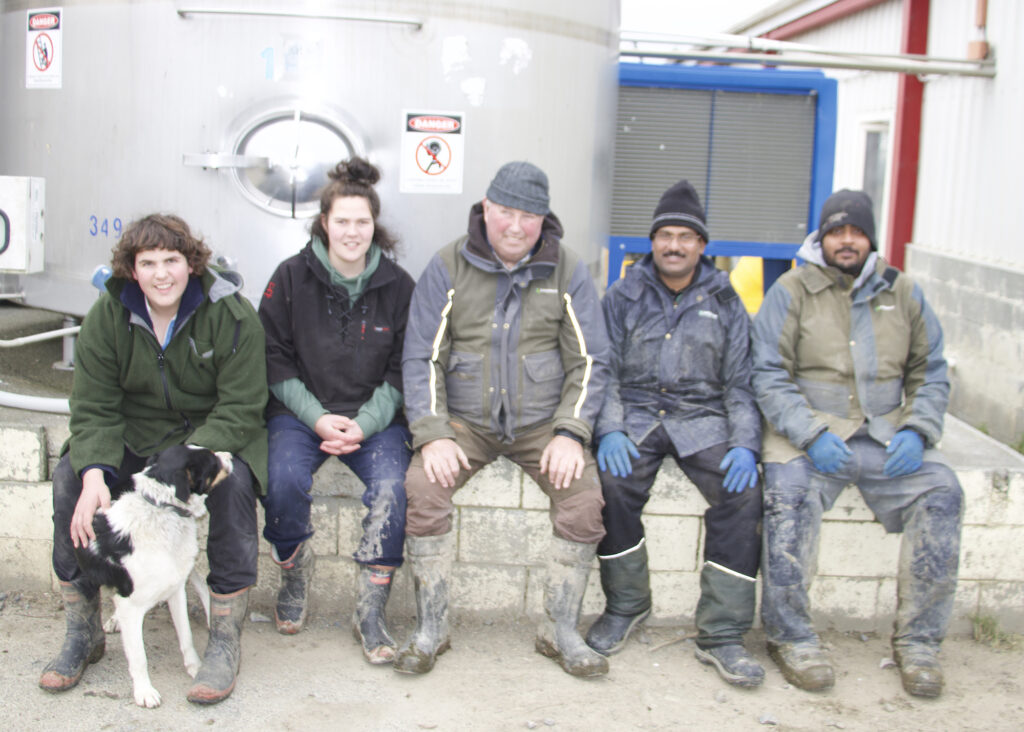
A problem shared is a problem halved
When Bill attended a Dairymasters’ course with MilkMaP Consulting he got talking with fellow Southlander John Riordan. John told him after including Get-Set-Cow lead feed into their programme, that they had gone from treating three or four downer cows a day during calving to not having to treat any out of 420 head.
“What John said, and the logic he used, resonated with me,” Bill says.
They have been using the DBC lead feed for three years now. In the 2019-20 season, they dropped their downer cow numbers to 23 head. In 2020-21 they had 11, and in 2021-22, which had a particularly cold and wet spring, they had 16 downer cows. It has also flowed on to their in-calf rate and somatic cell count (SCC). They had 7% empty after mating, and their SCC has dropped from a peak of 227,000 to an average of 146,000 this season.
“We’re not afraid of spring anymore,” Bill says. “It’s given us more control and more choice. It’s expensive – and we have this robust discussion every year – but calcium is $14 a bottle, we have half a tonne of magnesium sitting in the shed we don’t have a use for because we don’t have to dust pastures anymore. Our staff are also smiling because they have no dust on their face.
“I will say that with feeding lead feed, it is important to have your calving dates as accurate as possible, because 14 days for lead feed is long enough. It is packaged in 25kg bags, and we feed our springers 3kg/cow/day in the palm trailer. This works for us.
“Lead feed is the next best thing to a Guinness for me,” Bill asserts. “End of story.”
Water-soluble minerals helping lame cows
Their success with the Get-Set-Cow gave Bill the confidence to also switch his multi-mineral and trace element mix.
“We were using another company’s product; we had a lot of lame cows, and we weren’t getting on top of things,” he says.
He conducted his own interview between two potential companies who presented him with his options.
DBC and its Technical Sales representatives for Southland – Neville Hamilton and Canterbury’s Charlotte Flay – got the nod. The water-soluble Max-T-Mins was included, which is specifically formulated to promote herd health and performance during lactation. Bill gave Neville and Charlotte six months to prove it worked.
“Since we starting using the Max-T-Mins, I’ve noticed when the cows are on the platform they’re not constantly moving their feet anymore,” Bill says. “It’s because their feet are no longer tender.
“I think it’s important the owner pokes his nose in now and again, and when I do go to the yard and get the last lot of cows in, I see what’s going on. You need to observe your animals. I’m not perfect, but I’m constantly looking.
“I watched them walk out of the yard this morning, and I was surprised that there were no lame cows. It’s not been great weather. We might have had one lame cow over Easter. In saying that, we do pay attention to our maintenance hoof trimming.”
Calves on the programme
They have also introduced Maximize Calf Pellets, a concentrated supplement using by-pass proteins that are customised to stimulate skeletal growth, provide lean muscle mass, supply energy, strengthen immunity and stimulate the calf’s rumen.
“I’ve only used it one year, and I’m happy with the results.” Bill says. “The calves eat it straight away.”
Bill has a saying, and he uses it to end discussions and debates with great precision. When he summarises his experience with DBC, he doesn’t hesitate to whip it out…
“DBC products work. End of story.”
Related article
What are your downer cows telling you?
Making money milking cows on 5.5ha
Managing Fodder Beet
Hard hooves save time
Getting it right for calves from day one
Related products
